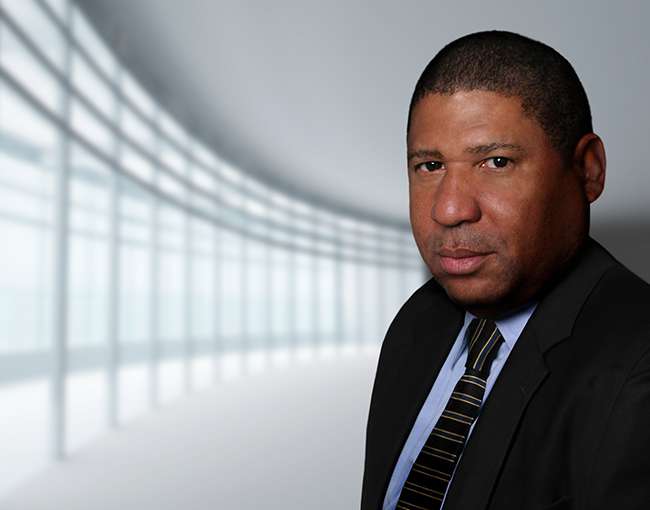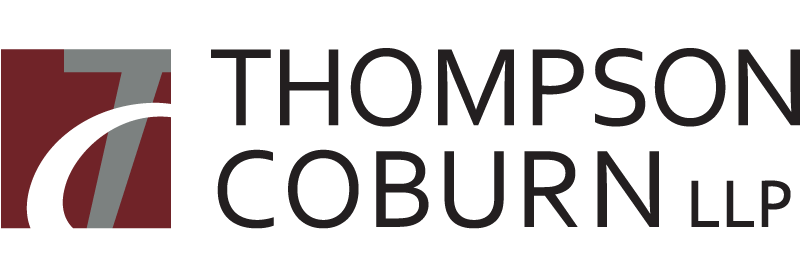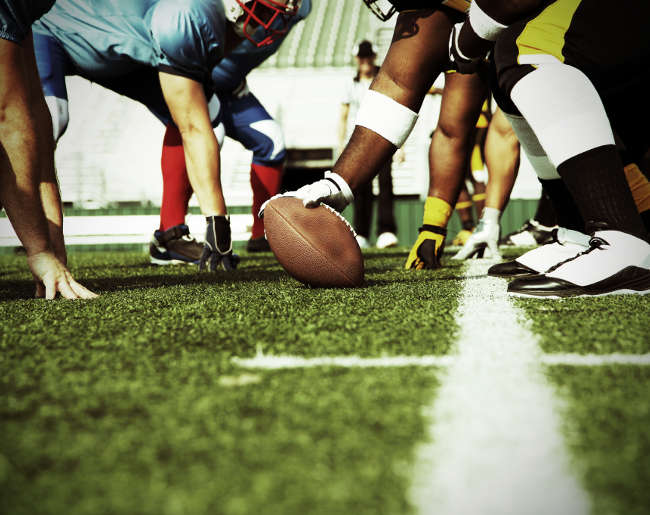
Bob Wallace
The following is a Q&A conducted with Thompson Coburn partner Bob Wallace that originally appeared in Professional Sports and the Law, a Hackney Publication.
1. How did you get your start in sports law?
I have always been interested and very involved in sports. I was a running back at Yale and played some baseball as well. After Yale, I went to Georgetown University Law Center and in-between my second and third year, I interned at the NFL Office for then-League Counsel Jay Moyer. By the way, my internship pre-dated Roger Goodell’s as I was the first league intern, so I take credit for paving the way for the current Commissioner. It was a great experience and I happened to get it because it was at the beginning of the Raiders move from Oakland to Los Angeles (1980) and Jay Moyer and the Executive Director under Commissioner Rozelle, Don Weiss, were looking for someone to do legal research.
During that summer I met outside counsel Paul Tagliabue, and he helped me secure a law clerk position during my third year at Covington & Burling in D.C. As I began looking for a permanent position, I wrote to a lot of places and I got an invitation to meet with the St. Louis Football Cardinals owner Bill Bidwill. Mr. Bidwill found my background interesting as, through a family friend, I had spent the summer of 1971 as a ball boy for the Cardinals, even though I was from New York City. I also went to Georgetown, his undergraduate alma mater. Talk about the old boys network. He was looking for a young lawyer to assist his General Counsel Thomas J. Guilfoil in handling the day-to-day legal operations and eventually negotiating player contracts. I was hired at Guilfoil, Symington, Petzall & Shoemake, moved to St. Louis, and started my sports law career in 1981.
2. During your tenure as general counsel of the Rams, what was the best part of the job and the worst?
The best was winning the Super Bowl. No matter if you’re a player, coach or front office person, the games and comradery you build are lifelong. I also served as a business executive, so I had P&L responsibility and oversaw the business operations.
I wouldn’t call it the worst part, but the most challenging part is integrating the business side and football side together. There is an inherent conflict and I spent much time trying to get everyone on the same page. Successful organizations have great communication and collaboration, and it was a constant challenge to remove silos.
3. How did the opportunity come about with Thompson Coburn and how would you describe your time since joining the firm?
After I left the Rams in 2010, I really didn’t know what I was going to do. One of the Thompson Coburn partners was a parent at John Burroughs School, where his daughter and my son attended. One day at a football game he introduced himself and suggested we have lunch. He asked me if I had ever considered going back to practicing law at a firm. I was open to that possibility, so he set up a lunch with a couple of other partners. Thompson Coburn had done some work in the finance area for some of the teams, public buildings and universities and a couple of lawyers did some personal work for athletes (mostly retired). We talked about whether we could grow the sports law practice.
Because the Rams had recently changed ownership hands, I was not bringing them along with me as a client. That meant I was trying to build a practice from scratch — the firm has been very supportive on that front. Since my arrival, we do some work with the United Center in Chicago, the Chicago Bulls, the St. Louis Visitors and Convention Commission, the St. Louis Cardinals and the National Football League. Over the years I made a lot of friends in the business, so I have represented some executives, coaches and athletic directors in contract matters.
I really see a growth area in college athletics. Compliance is critical to the NCAA model and universities and colleges need to have in place policies and protocols to deal with the inevitable issues and problems they will be confronted with in managing young men and women, highly competitive coaches and overzealous boosters. We have developed a program to help them.
4. How difficult was it losing the Rams to L.A. and why?
At this point I think St. Louis is just angry and feels betrayed by the NFL and the Rams, especially since unlike Oakland and San Diego, St. Louis was willing to step up and assist the Rams in getting a new stadium. Remember this is the second time in 30 years we lost an NFL team. And actually, if St. Louis would have presented Bill Bidwill with the same proposal they did this time, the Cardinals would have never left.
However, as I look at the Rams move, I don’t see it as a referendum on St. Louis. This city supported this team, and anyone who went to a game or followed the Rams from 1999-2004 saw some amazing and exciting football. The Dome was electric during that time, and even during the lean years, Rams fans for the most part stayed very loyal. It is hard seeing the celebration about the Rams’ return to L.A., but I think back to how those fans felt and how happy we were as a city when they came to St. Louis in 1995.
I like to think that someday NFL football will return to St. Louis. This is a great sports town that has successfully supported three professional teams. Hopefully, time will heal the wounds we are feeling right now.
5. How would you grade the NFL’s efforts in creating opportunities for minorities at the executive level?
Incomplete. When I started in 1981 and went to my first League meeting, I was the only person of color in the room. Commissioner Rozelle would make a point of saying that, and everyone’s head would swivel around and look at me. For getting me to the table, Bill Bidwill could have pounded his chest. As was his nature, he did not, but he was a pioneer in providing opportunities for minorities and women (he hired the first female PR director).
So, the opportunities are greater now. We have minority general managers and head coaches. The Rooney rule requiring the NFL to interview minority candidates has expanded to front office positions, and now there is a new similar rule for women candidates. But there is still a long way to go. Professional sports needs more diverse people, including people of color, in decision-making roles, and by that I mean hiring responsibility. In fact the other day I saw a picture of the NFL intern class, and in my opinion, it was not diverse enough. I pointed this out to Commissioner Goodell and HR Vice President Robert Gulliver. Constant vigilance is important to effectuate change.
Finally, I look forward to the day when the NFL and MLB have their first African American owner and then their second, and so on.
6. What are the ways that sports law has changed since you started in the field?
When I started in 1981, when people talked about sports law and lawyers they thought primarily of sports agents. You thought of Bob Wolf or Mark McCormack. I got to meet Ham Carruthers and Paul Tagliabue at Covington & Burling and they were really pioneers in having practices representing sports teams and leagues. Much of the work was concentrated in the antitrust area. After antitrust came labor law and collective bargaining. Now sports law is a developed discipline and there is case law and precedent on all types of issues in sports — from antitrust to contract to personal injury to trademark. It runs the gamut.
The Sports Lawyers Association, a wonderful group of lawyer involved in this area, started off with a handful of lawyers that dabbled in this field. At our last conference in L.A. we had over 1,000 attendees representing law students, agents, league and union counsel. In other words, the field is expanding and the number of professionals with expertise is growing.
7. What is your legal sweet spot as an attorney? In what areas can you most help teams as their outside counsel?
I think a good lawyer is a problem solver and that is what I bring to the table. I try to put myself not only in my client’s shoes, but in the opposing side’s shoes, so I can get a better understanding of how to resolve the differences. I like negotiating contracts. In the sports arena, contracts are usually the start of a relationship, so I try to reach a fair agreement that can stand the test of time. I have also had some success arbitrating and mediating disputes and I think my style is conducive to that discipline.
One of the things that was so attractive about Thompson Coburn was the breadth of practice areas. As I said previously, sports law covers many areas of the law, and I am able to instantly tap into that knowledge at Thompson Coburn. With my 30-plus years in the trenches with teams, I understand the challenges that teams are facing both from a legal and business perspective. I not only have lived in their shoes, but I have dealt with the same challenges they confronted, experienced the same setbacks, and achieved the same success when dealing with the host of issues and problems that crop up for a professional team.
Bob Wallace is the chair of Thompson Coburn’s Sports Law Group.

